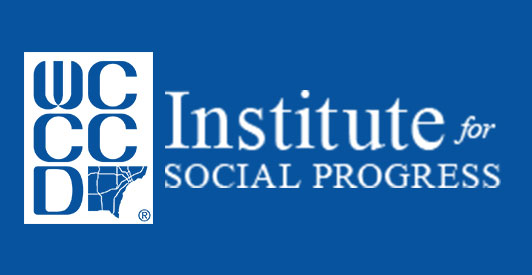Minority Enrollment Drops After Affirmative Action Bans In State After State
Posted On May 20, 2014

The decision by the U.S. Supreme Court (Schuette v. BAMN) to uphold the ban on affirmative action in college admissions in the State of Michigan has been overwhelmingly criticized by leading university based civil rights institutions for failing to account for the structural obstacles in educational and employment opportunities that still disproportionately impact African-American and Latino populations across the nation.1 Indeed, as several studies (University of Michigan, Kirwan Institute, Michigan Roundtable, etc.)2have confirmed since the adoption of Michigan’s 2006 ban on affirmative action, minority enrollment at the University of Michigan has continued to decline since the 2006 ban, with significant declines in law and medical schools at universities throughout the state of Michigan. In fact, African-Americans at the University of Michigan now rank at early 1990s levels for doctoral degrees, while African-American graduates at UofM Law School are at their lowest level since 1969.3
You can see how minorities have fared in states with affirmative action bans with a New York Timesinforgraphic here.
1. CRP/UCLA: http://us2.campaign-archive1.com/?u=f274b80ab18a788fbc2a3dc33&id=25ed52d820&e=e8c14c7418
2. http://www.miroundtable.org/assets/postproptworeport_8_30.pdf
3. Kidder, William., Lempert, Richard. “State Should Clarify Argument in Affirmative Action Case,” Detroit Free Press, Nov. 4, 2013.

